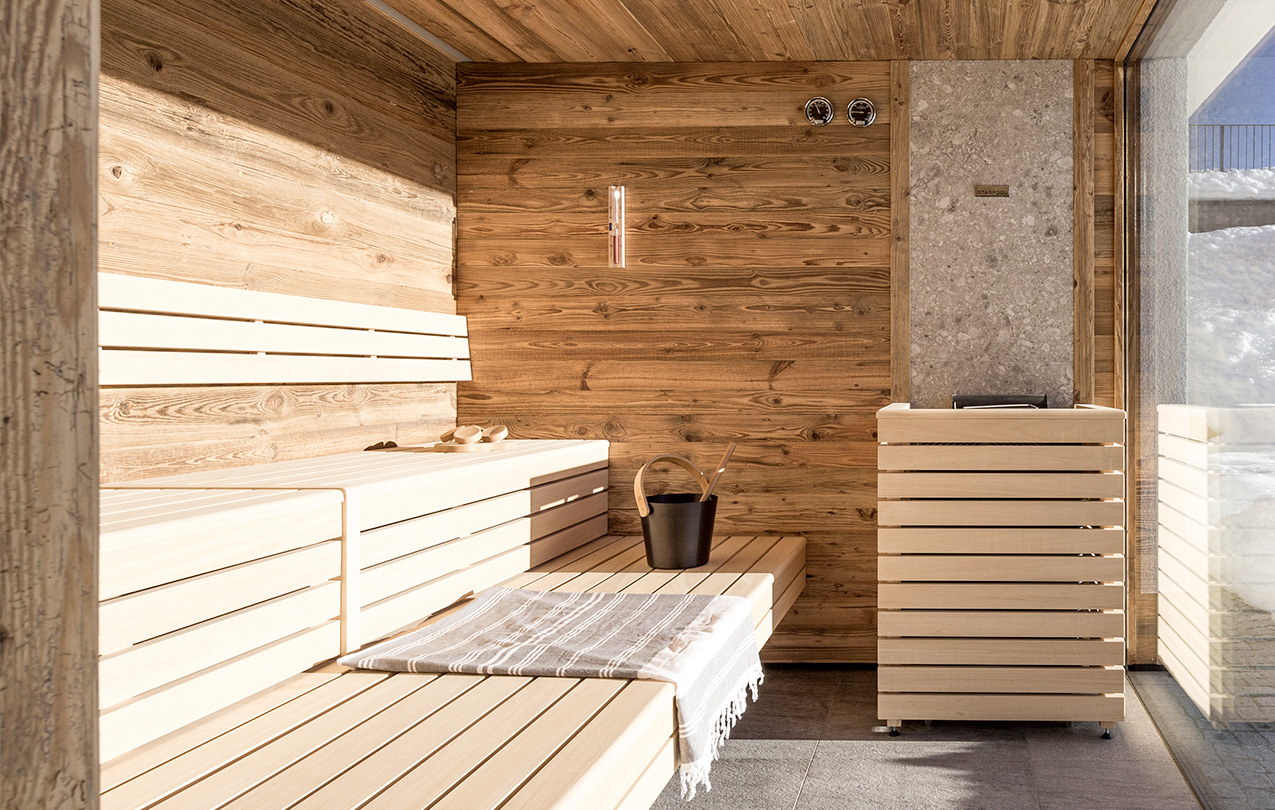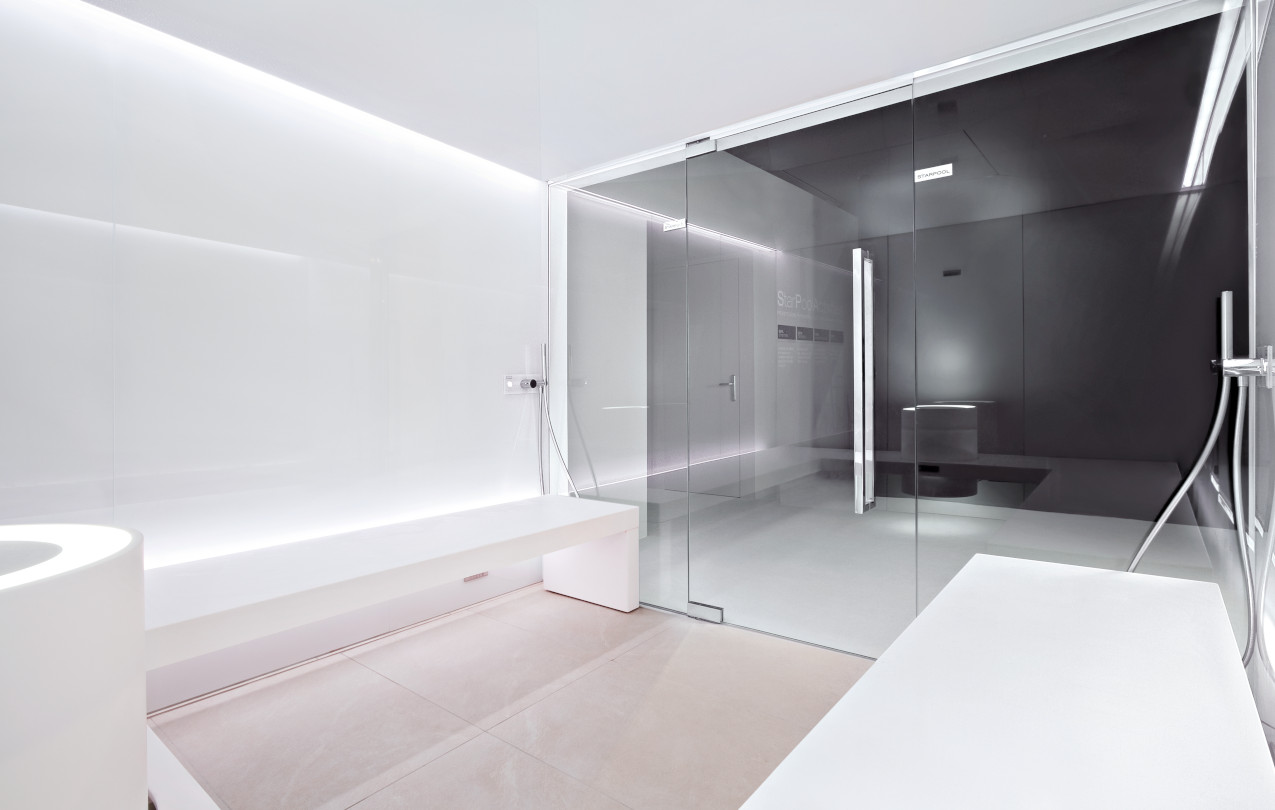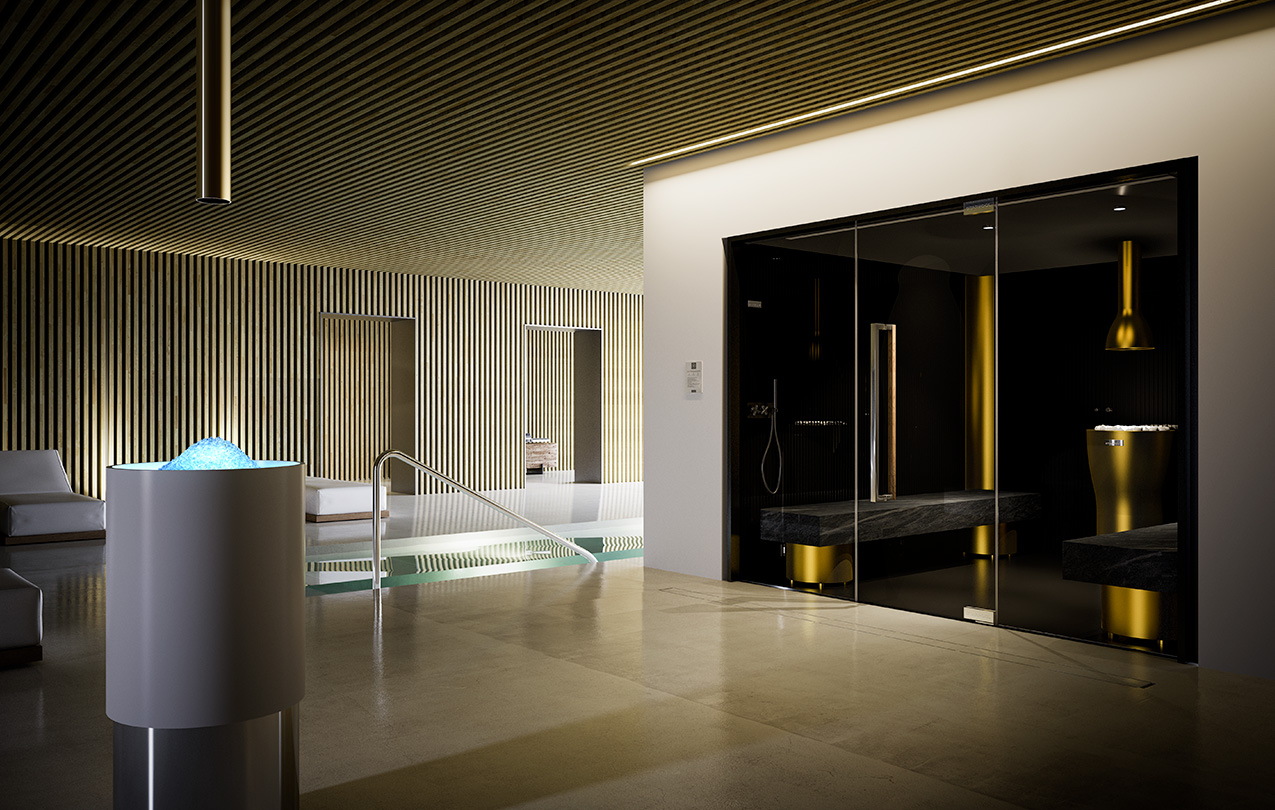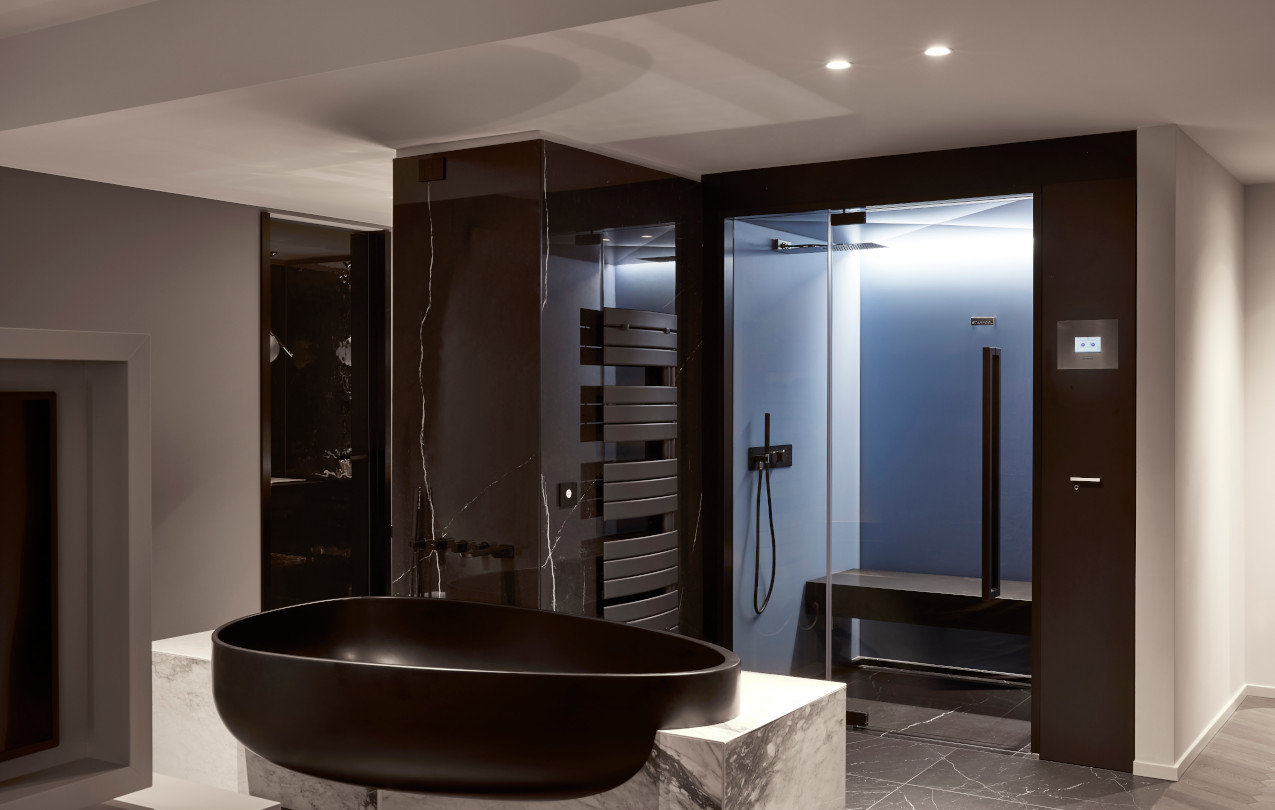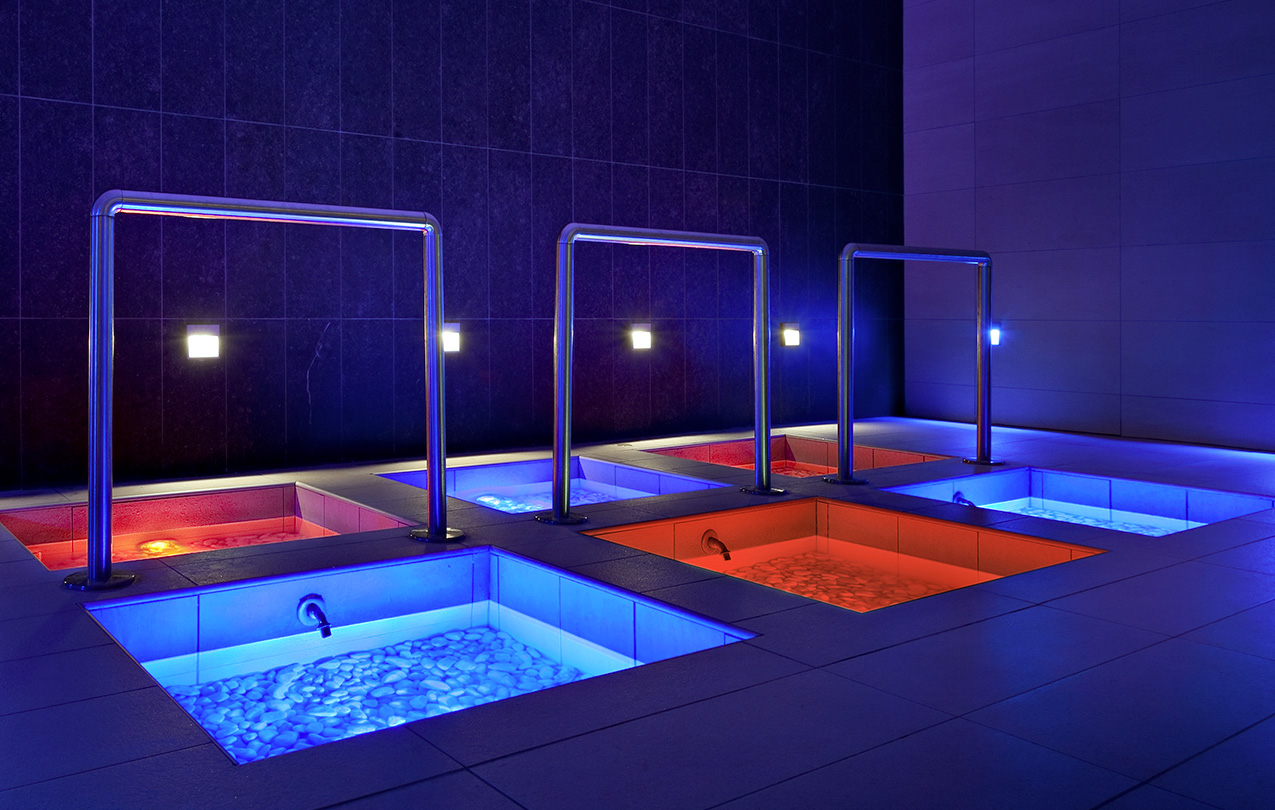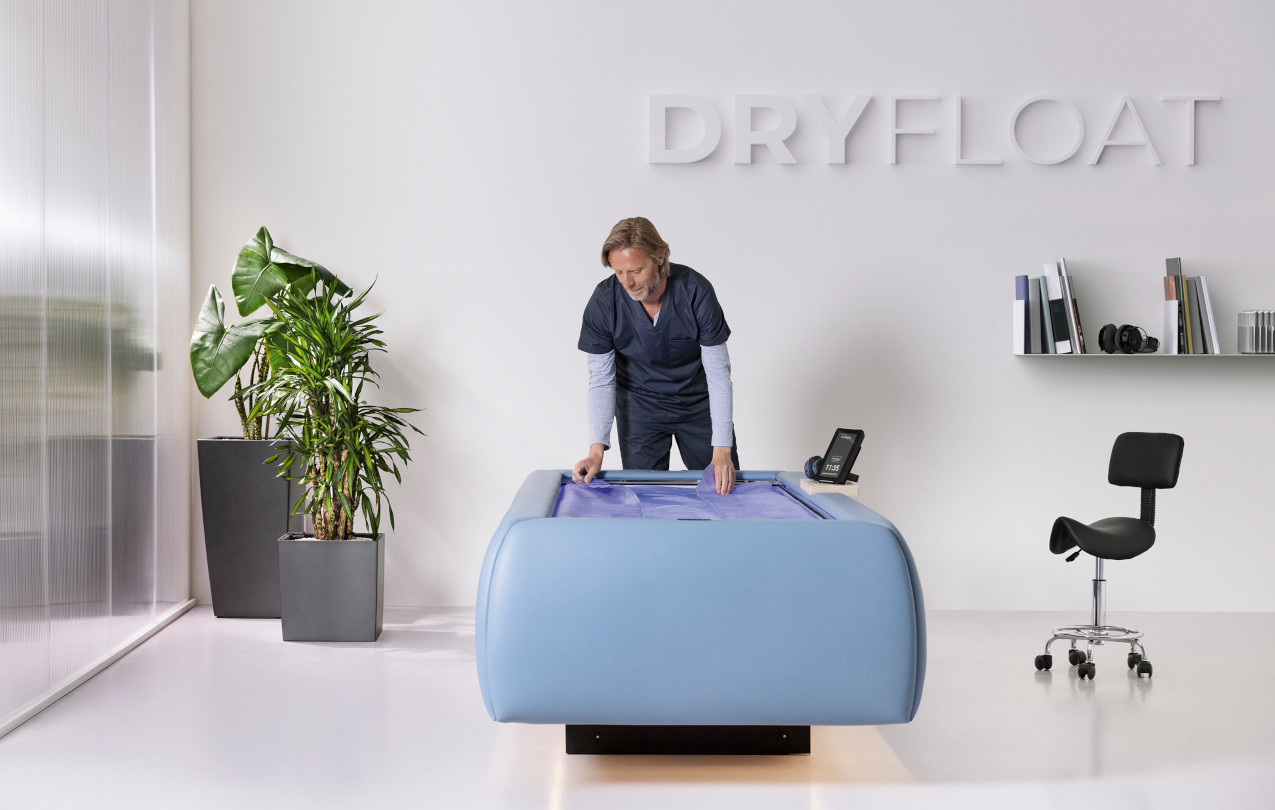Wellbeing in the Workplace: from perk to strategy
Today, talking about wellbeing at work no longer means referring to an “extra” initiative or some additional perk. Workplace wellbeing has become a true strategic lever, capable of influencing productivity, motivation, and the ability to attract and retain talent.
According to the Global Wellness Institute, companies that adopt a holistic approach to wellbeing, addressing physical, mental, relational, and financial aspects, see concrete results: up to 20% higher productivity, less absenteeism, increased engagement, and a stronger organizational culture.
The data is clear: investing in wellbeing means building more resilient organizations. When people feel supported, they respond with greater energy, creativity, and quality in their work. Not only that, companies that place wellbeing at the heart of their corporate culture also experience an average 10% increase in retention rates, a key factor in today’s increasingly fluid and competitive job market.
This approach benefits not only the individual, but the entire organization: teams become more cohesive, the work environment becomes healthier, and relationships improve noticeably. In an era when burnout is one of the leading causes of lost productivity globally, wellbeing has become a key factor in business sustainability.
However, this paradigm shift requires one essential element: conscious leadership. Managers must be trained to become wellbeing advocates, equipped with emotional intelligence, listening skills, and tools to prevent stress and tension within teams.
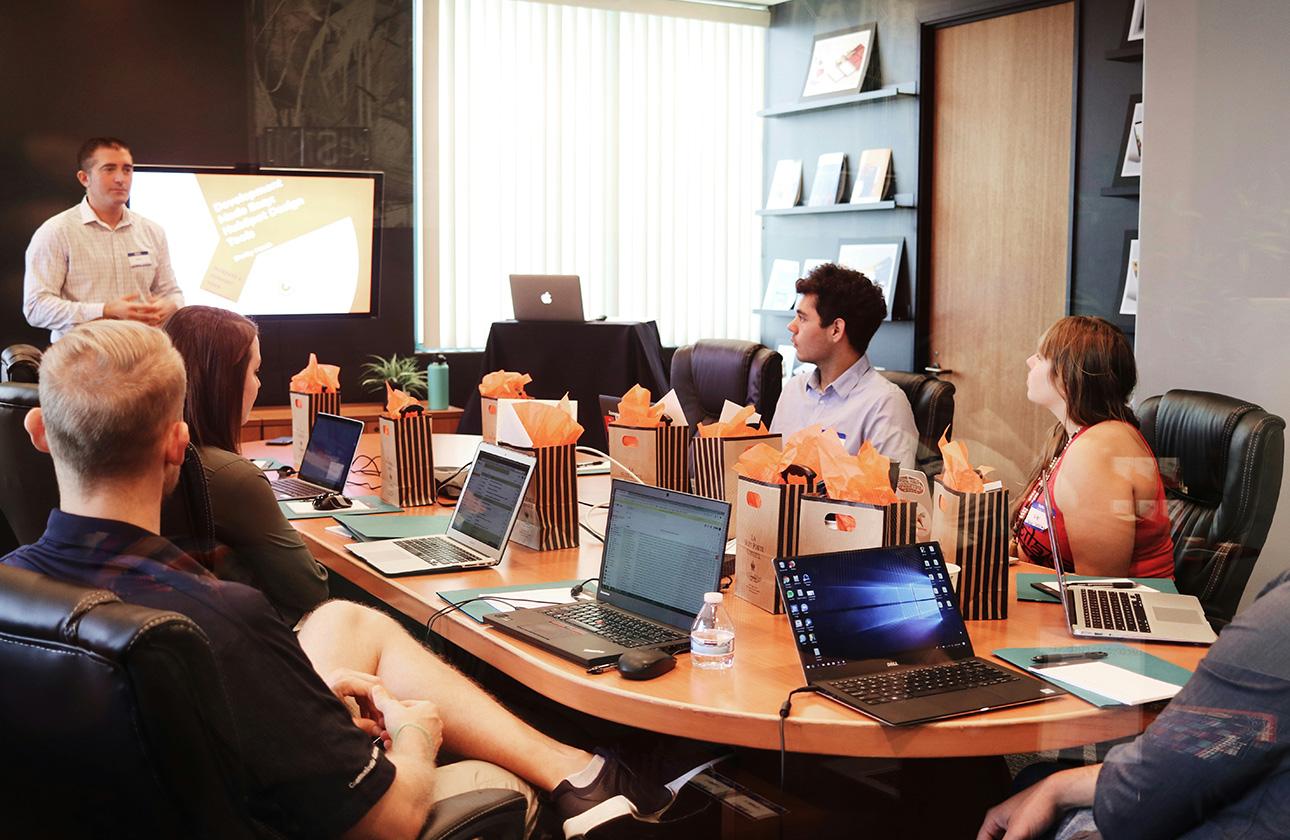
Training, regular check-ins, psychologically safe environments, these are all actions that make a real difference in creating a workplace where people feel truly seen, heard, and valued. In this perspective, wellbeing is not just about perks, but about organizational culture and long-term vision. Investing in wellbeing also means rethinking workplace design. Forward-thinking companies are introducing solutions that promote mental and physical recovery throughout the day, tangibly improving the work experience.
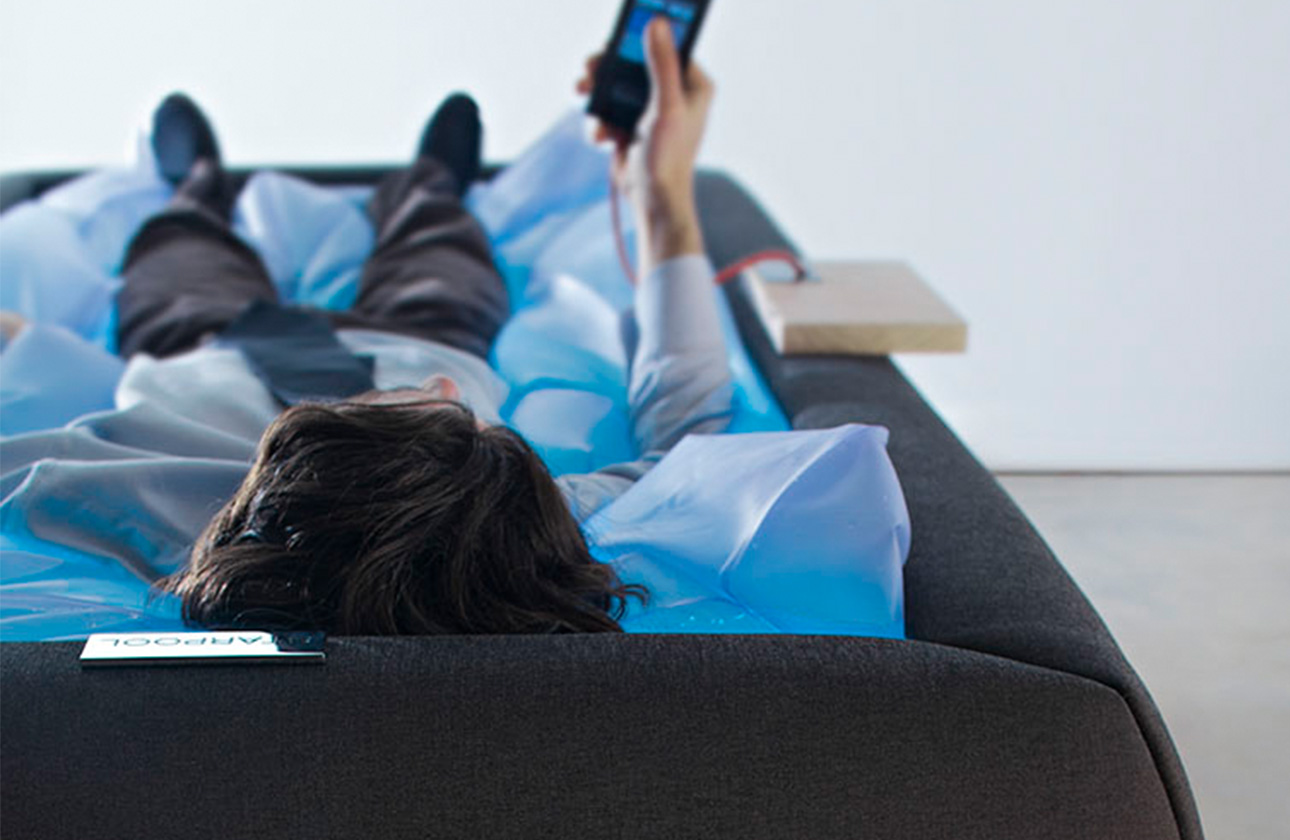
One effective example is Recharge Room Pro, Starpool’s format that brings the benefits of Dry Float Therapy directly into the workplace. Just a few square meters are enough to create a regenerative space where employees can take an active break, recharge, and reduce stress levels, supported by guided breathing and mindfulness sessions. It’s a smart investment that doesn’t require dedicated staff or large spaces, but offers a significant return in terms of widespread wellbeing, improved focus, and enhanced performance quality. Because sometimes, just 10 minutes is enough to change the pace of an entire day.



